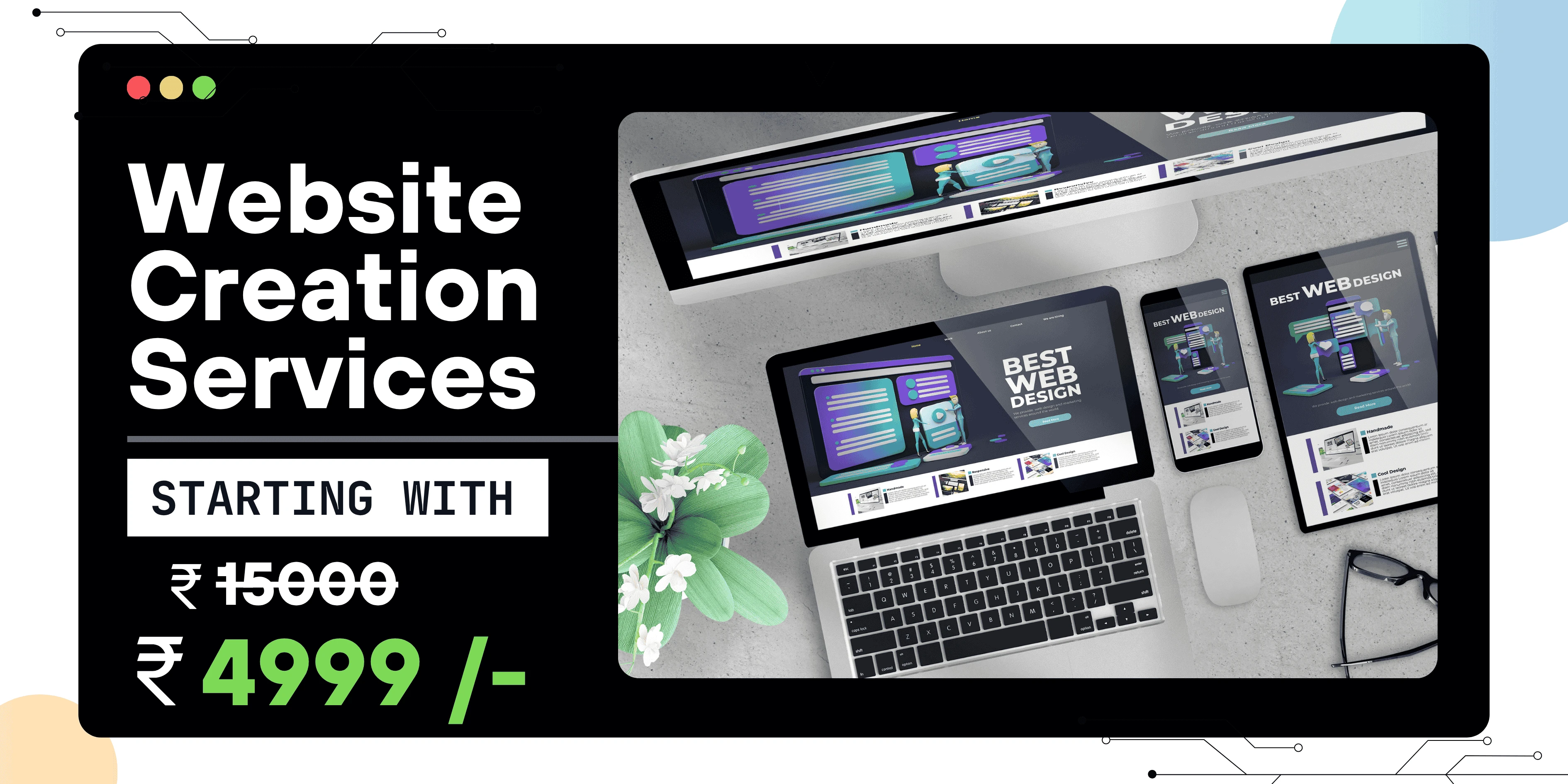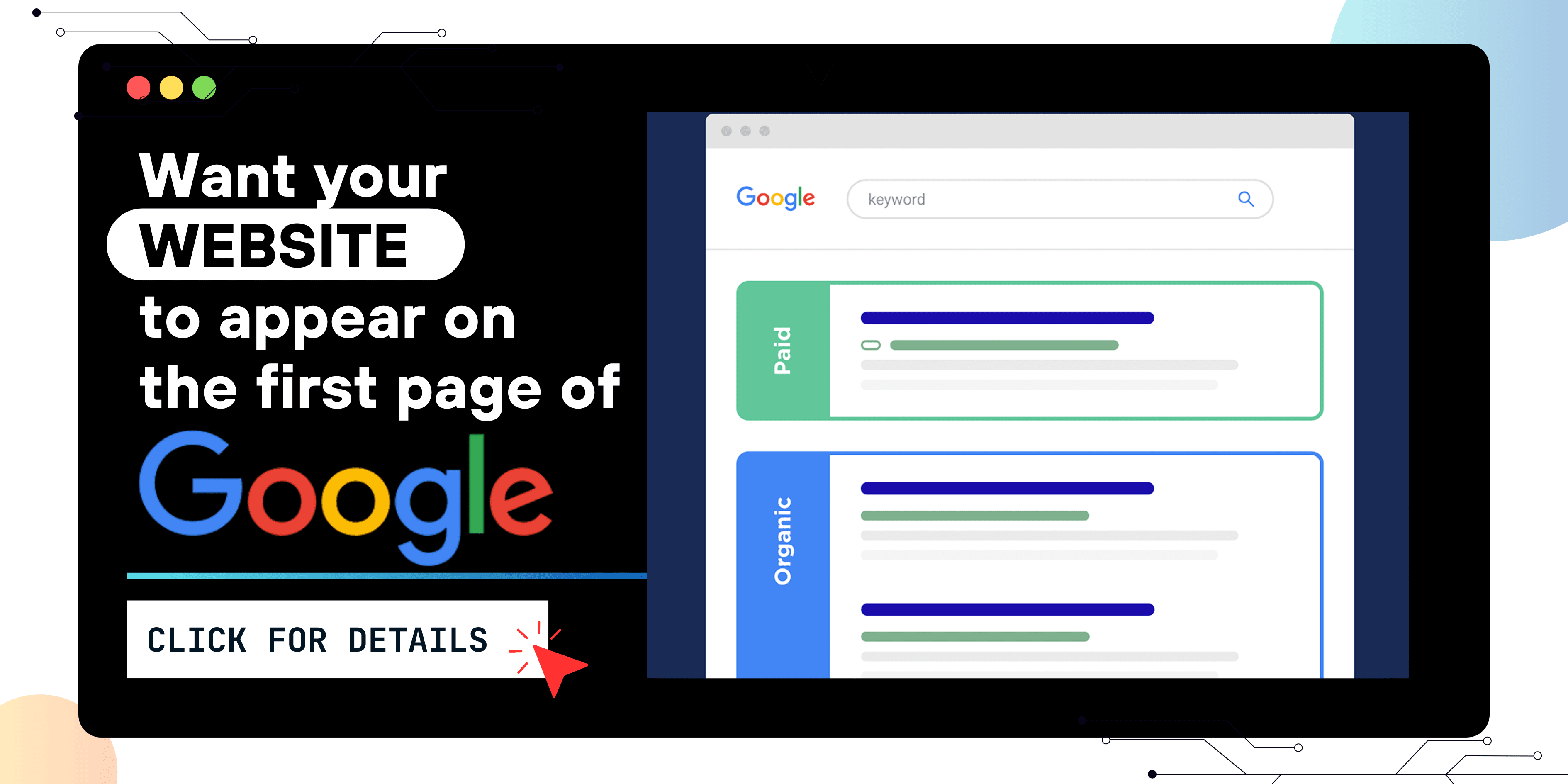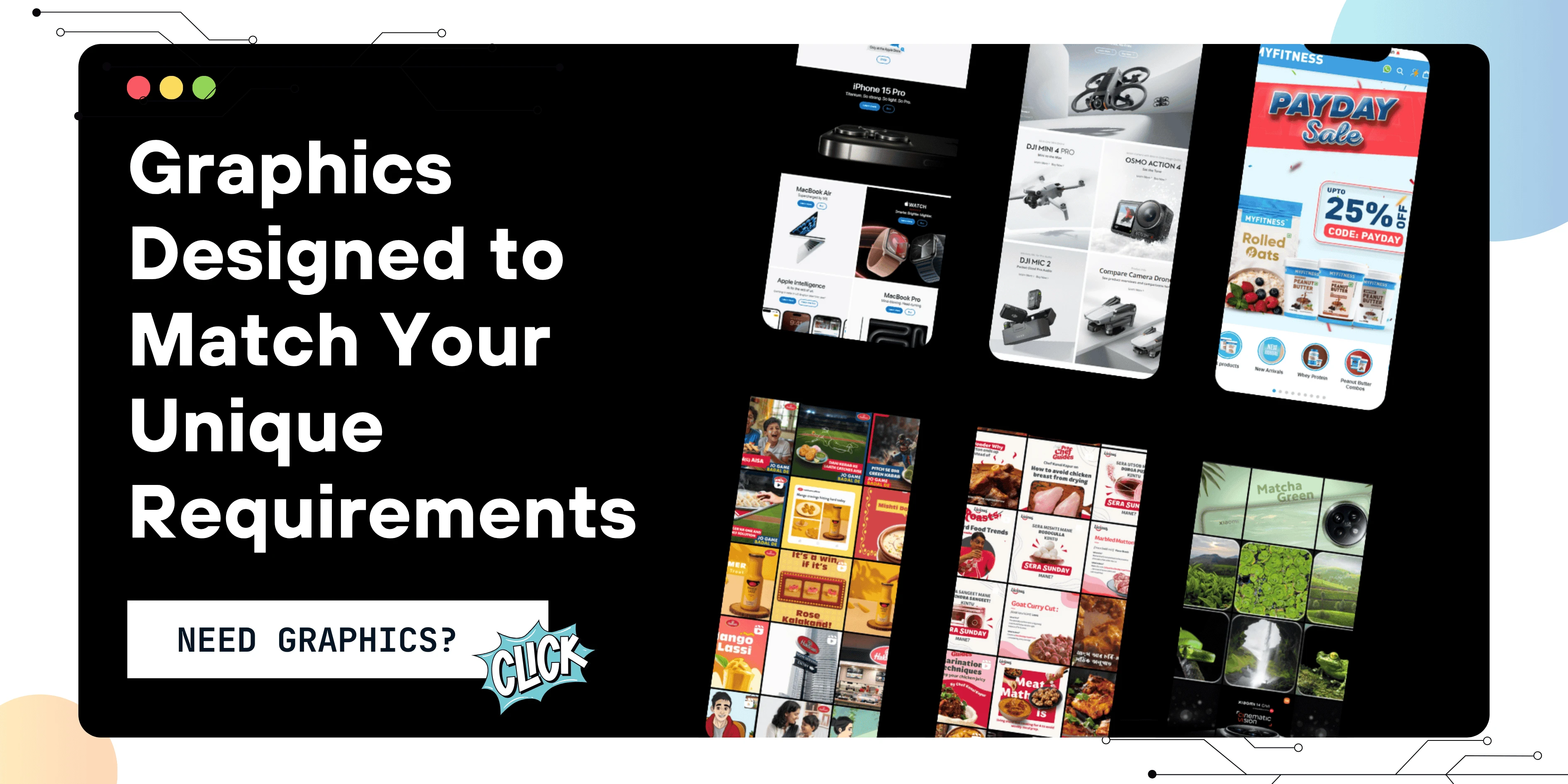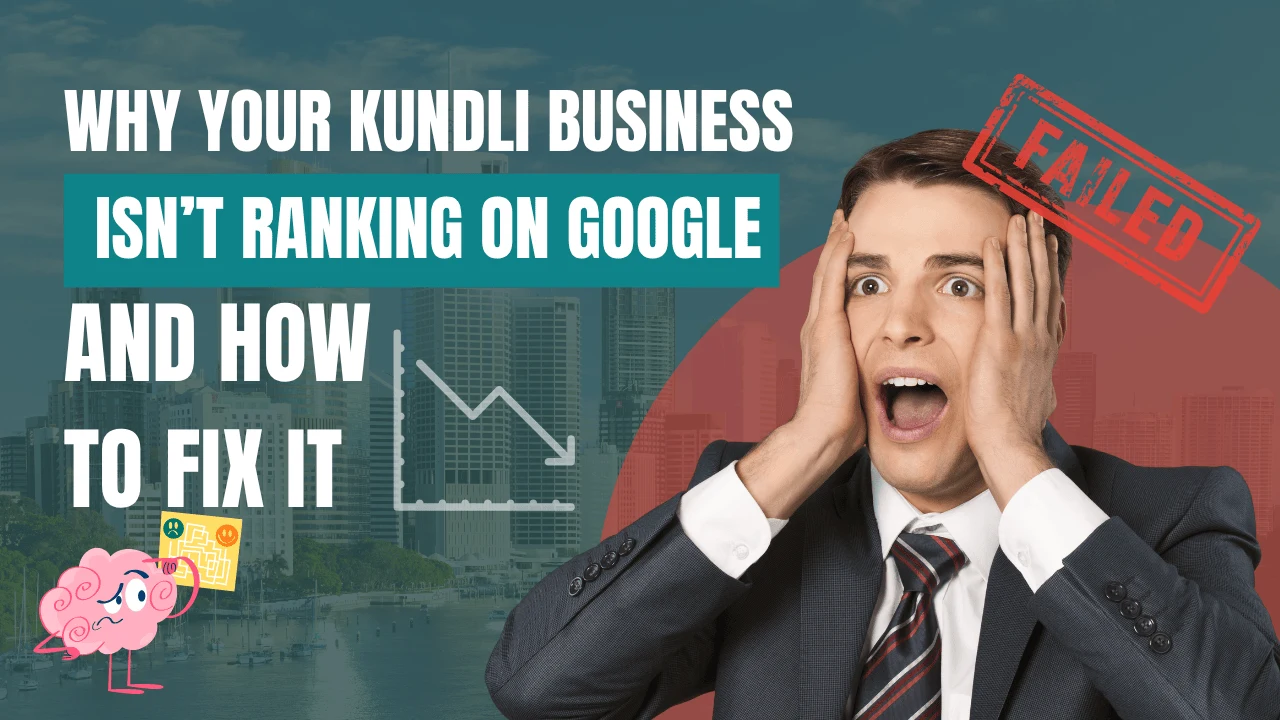Listen to This Article
If you’re still on Google Ads API v17, now’s the time to upgrade before it causes any issues.Google has officially announced that v17 of the Ads API will stop working on June 4, 2025. After this date, any requests sent to v17 will fail, potentially disrupting your ad campaigns, reporting, and automations.
What You Need to Do
1. Upgrade Immediately:
Transition to the latest version of the Google Ads API. This helps keep your systems running smoothly and your campaigns active without any interruptions.
2. Check for Existing Usage:
Go to your Google Cloud Console, then:
- Navigate to APIs & Services
- Select Metrics
- Filter method calls to detect any references to:
google.ads.googleads.v17.services.GoogleAdsService.Mutate
or any other v17-specific endpoints.
Why It Matters
If your systems continue calling the deprecated v17 endpoints after June 4, your integrations will break without warning. This could lead to:
- Paused or unmanaged campaigns
- Gaps in performance reporting
- Broken automation scripts or workflows
- Revenue loss due to downtime
Google Ads is central to the digital marketing strategies of many businesses. If you're relying on any version-specific APIs—especially one that’s being retired—timely upgrades are not optional. They’re critical.
Don’t wait until the last minute. Migrate your API integration now to stay ahead and ensure uninterrupted ad operations.
Need help upgrading? Consult your development team or explore Google’s official API documentation for guidance.
This update is a critical heads-up for developers, advertisers, and agencies relying on automated campaign management through Google Ads API. Here’s my take:
Why This Matters:
The Google Ads API is the backbone of many ad automation, optimization, and reporting tools. When a version like v17 sunsets, any systems not updated will immediately break. This isn’t a gradual phase-out — it’s a hard stop. That means:
- Campaigns could pause
- Data pipelines may fail
- Budget pacing tools might stop working
- And overall, client trust could take a hit
Google gives decent notice, but many small businesses and agencies delay updates until the last minute — which is risky. The migration to newer versions isn’t just about avoiding disruption; it's also a chance to tap into new features, better performance, and stronger data accuracy.
If you're managing multiple accounts or using third-party tools that rely on this API, you should:
- Confirm with vendors/developers that they're migrating.
- Test your systems with the new version before June 4.
- Avoid downtime at all costs — even a few hours can impact campaign ROI.
Treat this not as an inconvenience, but as an opportunity to future-proof your tech stack. Staying current with API versions keeps you aligned with the pace of innovation — especially in an ecosystem as fast-moving as Google Ads.
Let me know if you'd like help writing client alerts, internal memos, or upgrade checklists.
Here’s a quick breakdown of the pros and cons of the Google Ads API v17 deprecation and the push to upgrade:
Pros of Upgrading from v17
- Access to New Features
- Latest API versions often include new ad formats, bidding strategies, reporting fields, and tools that aren’t available in older versions.
- Latest API versions often include new ad formats, bidding strategies, reporting fields, and tools that aren’t available in older versions.
- Better Performance & Speed
- Improved efficiency in response times, data fetching, and error handling.
- Optimized endpoints that reduce API quota usage.
- Improved efficiency in response times, data fetching, and error handling.
- Stronger Support & Documentation
- Google focuses support efforts on the latest versions, so you’ll get more help and clearer documentation.
- Google focuses support efforts on the latest versions, so you’ll get more help and clearer documentation.
- Compliance & Security
- Updated APIs are designed to comply with the latest privacy standards (e.g., GDPR, CCPA) and secure user data more robustly.
- Updated APIs are designed to comply with the latest privacy standards (e.g., GDPR, CCPA) and secure user data more robustly.
- Future-Proofing
- Staying on the latest version ensures you won’t run into sudden disruptions like this one again — you’ll be ahead of the curve.
Cons / Challenges of the Upgrade
- Migration Complexity
- Upgrading might involve code refactoring, especially if there are deprecated methods or changes in how certain resources are handled.
- Upgrading might involve code refactoring, especially if there are deprecated methods or changes in how certain resources are handled.
- Developer Resources Needed
- You’ll need technical time and effort from your dev team or agency to test and deploy the upgrade.
- You’ll need technical time and effort from your dev team or agency to test and deploy the upgrade.
- Downtime Risk During Transition
- If the migration isn’t handled carefully or properly tested, you could face temporary downtime or issues with managing your campaigns.
- If the migration isn’t handled carefully or properly tested, you could face temporary downtime or issues with managing your campaigns.
- Cost Implications
- Some businesses may incur additional costs in terms of developer hours or even tool subscription upgrades if relying on third-party platforms.
- Some businesses may incur additional costs in terms of developer hours or even tool subscription upgrades if relying on third-party platforms.
- Learning Curve
- New API versions may change method names, request structures, or data formats, requiring time to re-learn and adapt.
While upgrading requires effort, the long-term benefits outweigh the short-term hassle. Not upgrading is far riskier, as it can result in broken systems, lost revenue, and unhappy clients. The key is to plan the migration early, test thoroughly, and monitor post-upgrade performance.
Great question. Based on how Google has evolved its advertising and API ecosystem over the years, here’s what we can realistically expect Google to do in the future with the Google Ads API and digital marketing tools:
1. Accelerate Deprecation Cycles
Google is moving fast. In the future, we may see even shorter support timelines for older API versions—meaning businesses and developers must stay agile and upgrade more frequently.
2. More AI-Powered Automation
Google is putting a strong focus on AI advancements, especially with its Gemini platform. You can expect:
- Smarter auto-suggestions for ad copy, keywords, and targeting
- Predictive budget allocation
- Fully automated campaign structures via the API
3. Enhanced Data Privacy and Consent Controls
Due to global privacy regulations (GDPR, CCPA, etc.), future API versions may:
- Restrict certain personal data fields
- Require more explicit consent handling
- Push server-side conversion tracking harder (e.g., Enhanced Conversions API)
4. Unified Ads + Analytics Ecosystem
Google could move toward combining Ads, GA4, and Search Console APIs into a more unified reporting/optimization platform — giving advertisers deeper insights with fewer API calls.
5. Smarter Audience Targeting via API
As third-party cookies fade out, Google may expand:
- First-party audience tools via API
- Enhanced support for Google Signals, CRM integrations, and modeled audiences
6. Tighter Integration with Google Business Tools
Expect stronger ties between the Ads API and:
- Google Business Profile
- Maps Ads
- Local Service Ads
This would especially benefit local businesses and multi-location brands.
7. Integration with Conversational Interfaces
With Google pushing AI-based conversational experiences (like Search Generative Experience and Gemini), the API may soon allow:
- Programmatic AI-generated ads
- Ads based on natural language prompts
- Integration with chat-based interfaces like Google Messages, Bard, or Assistant
Google’s long-term direction is clear: AI + automation + privacy-first personalization. To thrive in this ecosystem, marketers and developers will need to stay updated, adaptive, and API-literate.
 Unlock Your Savings Today!
Unlock Your Savings Today!
Get the best deals with unbeatable service and exclusive offers.

 Grow Your Business with Proven Digital Marketing
Grow Your Business with Proven Digital Marketing
Ready to attract more customers and outshine your competition? Our tailored digital marketing strategies help you rank higher, generate qualified leads, and build a brand people trust. Let’s take your business to the next level.
Digital Marketing Solutions in Leading Cities


 Disclaimer
Disclaimer
The views expressed by experts in this article are their own and do not necessarily reflect the opinions of any website, organization, institution, or affiliated entity. If you have any concerns regarding this article, please contact us at contact@quantamminds.com and also on WhatsApp
Frequently Asked Questions
What changes are taking place with Google Ads API v17?
Google Ads API v17 will be officially discontinued on June 4, 2025. After this date, any API requests made to v17 will fail, potentially disrupting your ad campaigns, reporting, or automation tools. It's critical to upgrade to the latest version to maintain functionality.
Why should I upgrade from Google Ads API v17 immediately?
Upgrading ensures your advertising operations remain uninterrupted. The latest API versions offer enhanced performance, new features, better error handling, and compliance with Google’s updated privacy and security standards.
How do I know if my system is still using v17?
You can check your current API usage by accessing the Google Cloud Console. Navigate to “APIs & Services” and check the Metrics section for any calls to google.ads.googleads.v17.services.
Will upgrading to a newer version affect my campaigns?
While your campaigns will continue to run, the API structure, fields, and methods may differ in newer versions. You may need to adjust your code or workflows. Testing the new version before full deployment is highly recommended
What are the risks if I delay upgrading from v17?
Delaying the upgrade may lead to campaign outages, broken reports, and automation failure. Your team could lose valuable time managing errors and recovering data. Migrating early ensures a seamless transition.








 Ashwani Kumar on 2025-05-17
Ashwani Kumar on 2025-05-17

 Pallavi Singh
Pallavi Singh 



